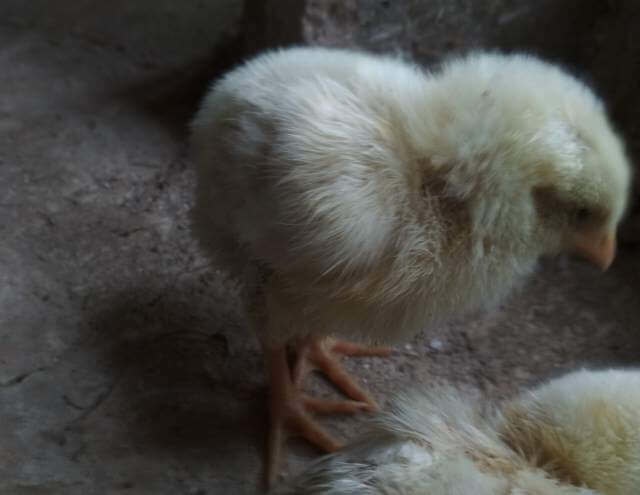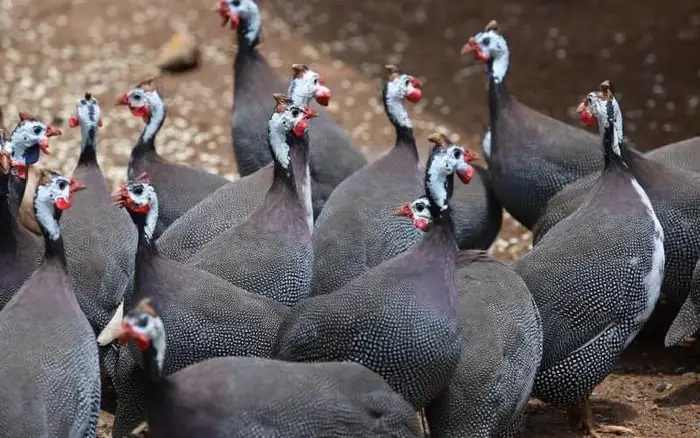Fowl Typhoid or Infectious Leukemia, or Salmonella gallinarum infection, is a significant infectious disease of birds characterized by acute septicemia and high mortality rates resulting in heavy economic losses to poultry farmers. It can also occur in a chronic form. Natural infection occurs in chickens, turkeys, guinea fowl, and ducklings. The disease can cause mortality in birds of any age.
Important Information on Fowl Typhoid
Fowl Typhoid was first recognized in 1888, even before PD by Klein in England, as an outbreak of 200 birds that died and considered as the disease as infectious enteritis. The causative agent was named Bacillus gallinarum and later changed to Bacillus sanguinary. The name Fowl typhoid was applied in 1902 and recognized as a clinical entity district from Fowl cholera.
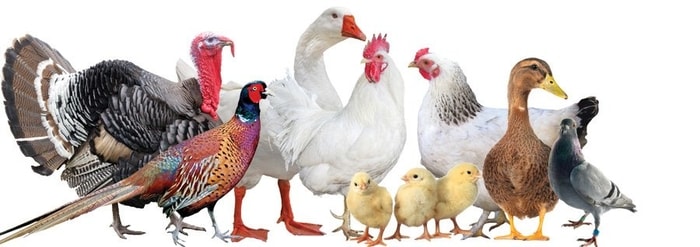
What causes Typhoid in Chickens?
The Salmonella gallinarum organism causes the disease. The organism is a gram-negative bacterial rod in the family Enterobacteriaceae. It is a poultry disease and can cause high mortality, and the disease is very similar to Pullorum disease.
Epidemiology of Infectious Leukemia?
Chickens are the natural carrier for the highly host-adapted biovar Salmonella gallinarum, but natural outbreaks have also been reported in turkeys, guinea fowls, quills, ducks, and pheasants. Fowl typhoids are frequently referred to as a disease of adult birds, but the disease may report high mortality in young chickens.
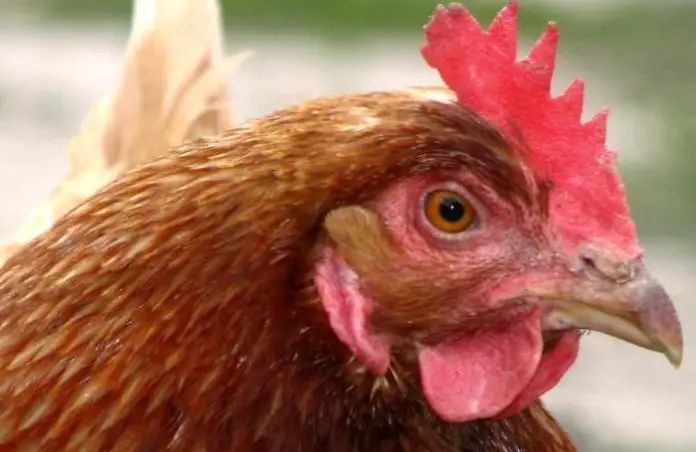
Transmission of Fowl Typhoid
The disease can spread both horizontally as well as vertically. Horizontal spread occurs mainly through ingestion of infected feed or water. In contrast, the vertical spread is possible through infected eggs, and hatchery is the important infection source, and thereby it is considered a hatchery-borne infection. Recovered birds are an essential source of infection as they serve as carriers.
Pathogenesis of Infectious Leukemia
After gaining entry, the organisms liberate endotoxins, which harms erythrocytes, resulting in severe hemolytic anemia. There is a reduction in detoxification mechanism and phagocytosis in affected birds, the body weight and weight of Bursa Fabricius are reduced.
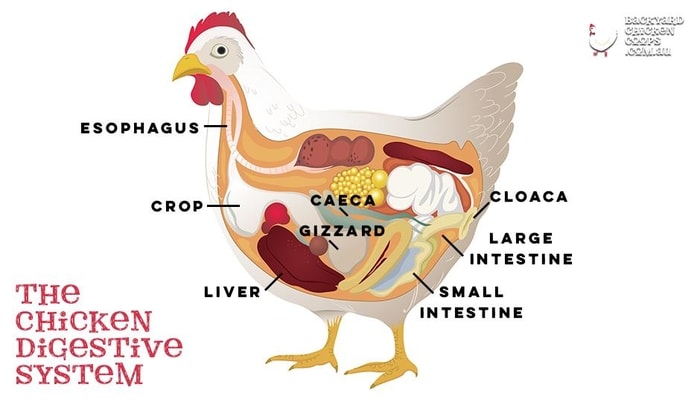
Signs and Symptoms of Fowl Typhoid
Fowl typhoid is a disease of mature birds. The incubation period of the disease is 5 to 7 days. The disease can be seen in acute or chronic form. The signs and symptoms may include-
- The affected birds may die suddenly without showing specific signs in acute form.
- There is severe diarrhea, and feces are greenish-yellow in color.
- Dejection.
- Anorexia.
- Drooping of wings.
- Ruffled feathers.
- Pale comb and wattle.
- The adult birds show a reduction in egg production, low body weight gain.
- Reduced feed intake.
Pathological Lesions
- Necrotic changes are seen in the liver and heart while skeletal muscles are dark in color.
- Turbid yellow fluid is noticed in the pericardial sac, and fibrin is attached to the surface of the heart.
- Pedunculated ovary with malformed follicles or misshapen ova is also seen.
- The carcass is jaundiced.
- Testicular abscesses or may be atrophic.
- Swollen joints.
Diagnosis and Differential Diagnosis Salmonella gallinarum
The disease can be diagnosed by:
- The history of birds living, vaccination, hatchery, and contamination.
- Clinical signs and symptoms of the affected birds.
- Morbidity and mortality rate in the farm.
- Necropsy changes in the birds and seen by Post-mortem examination birds.
- Isolation and identification of causal agents help confirm the disease, and for it, heart, blood, or visceral organs can be used.
- Tube and rapid plate agglutinations test is also helpful in confirming the Fowl typhoid disease.
- The disease may be confused with Colibacillosis, Fowl paratyphoid, Pullorum disease, New castle disease (ND).
What is the Treatment for Fowl typhoid?
Cotrimoxazole, chloramphenicol, and ampicillin are highly effective antibiotics against these organisms, and you must have to use the drugs in drinking water.
The birds that do not show recovery by these drugs should be treated after performing drug sensitivity, and gentamycin and ciprofloxacin have been found useful in such outbreaks.
The use of vitamin and mineral supplements is helpful in the early recovery of the affected flocks.
Fowl Typhoid Vaccine
Fowl typhoid vaccines are used in chickens in some countries where this disease is endemic. Vaccination can reduce clinical disease and mortality but does not prevent infection. Vaccines are generally not used as they interfere with serological testing and the elimination of carriers.
It is a live, freeze-dried vaccine against Fowl Typhoid in chickens. Each vial contains 5 +10 CFU of Salmonella gallinarum strain. The vaccine should be at -20 degrees C for several years.
How Can Typhoid Fowl Be Prevented?
General hygienic and strict sanitary measures are essential in preventing the disease, and the best option is to prevent Fowl typhoid by purchasing birds from disease-free flocks. The carrier birds should be removed. The principle of control should be eliminating the most profile and constant source of infection and the carrier hens. Factors responsible for stress should be avoided.
